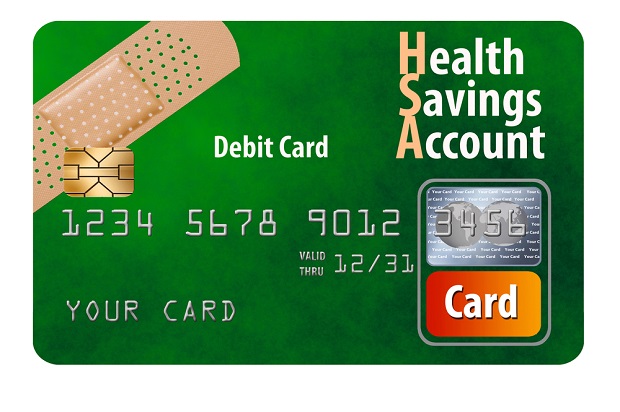 As household health care expenses increase, they take money away from other household expenses, making it harder to take advantage of the tax benefits of HSAs. (Photo: Shutterstock)
As household health care expenses increase, they take money away from other household expenses, making it harder to take advantage of the tax benefits of HSAs. (Photo: Shutterstock)
In 2018, the overwhelming target of spending from health savings accounts was for everyday health care needs, with 93 percent of the money going to pay for those rather than being used for major “surprise” expenses such as emergencies and hospital visits. And that leaves the potential for HSAs to aid in retirement planning completely out in the cold.
According to Lively, Inc.'s first annual HSA Spend Report, that 93 percent broke down as follows:
- Doctor visits and services (41 percent)
- Prescription drug costs (25 percent)
- Dental care (9 percent)
- Vision and eyewear (5 percent)
- Chiropractor (5 percent)
- Lab work (4 percent)
- Other (4 percent)
Emergencies and hospitalizations were left with the remaining 7 percent, while dedicating any funds to long-term savings against health care expenses in retirement was apparently beyond people—despite the fact that retirement health care costs are expected to hit $280,000 per couple, over and above Medicare coverage.
Related: 10 HSA questions employers & employees ask
Health care spending is up 3.9 percent year over year, according to the report, with costs rising faster than inflation, and although HSAs provide an additional opportunity for workers to save for retirement, it appears to be a moving target that stays out of reach—with HSA funds going to pay for health expenses instead of being allowed to grow.
To try to determine just what constituted the biggest drain on HSAs, the authors sought to identify the expenses that ate up the most money. The study compared survey responses on consumer spending habits with data from the Center for Medicare and Medicaid Services to understand the similarities and differences between HSA spending and national health care spending. CMS data pegged national health care spending in 2017 surpassed $3.5 trillion, or $10,739 per person. And as household health care expenses increase, they take money away from other household expenses, making it harder to take advantage of the tax benefits of HSAs.
Research finds that as personal household out-of-pocket health care expenses rise faster than inflation, making up 37 percent of personal household expenses, smaller expenses such as physician and clinical services ate up 41 percent of HSA money, with prescription drugs coming in second at 25 percent and hospital expenses 7 percent.
But nationally, expenses break down differently, with hospital expenses making up the majority at 33 percent; that's followed by physician and clinical services costs at 20 percent and finally prescription drugs at 10 percent. According to the report, the discrepancy arises from HSA users being younger than the public at large and thus less likely to need hospitalization.
In addition, it's easier to use HSA savings to pay for prescriptions—possibly accounting for the large difference in prescription spending—and when it comes to dental work, the average HSA user spends more than double on dental work, at 9 percent, than the national average of 4 percent. But because HSAs provide pretax funds, HSA users have lower total out-of-pocket expenses than the average American.
“Health care costs continue to squeeze American families, rising faster than wages can keep up,” says Alex Cyriac, cofounder and CEO of Lively. “This forces families to use their HSA funds for everyday necessities—like preventive visits, dental or vision care, and prescription drugs—rather than investing those funds to create a safety net for health care costs in retirement.”
Read more:
© 2025 ALM Global, LLC, All Rights Reserved. Request academic re-use from www.copyright.com. All other uses, submit a request to [email protected]. For more information visit Asset & Logo Licensing.







